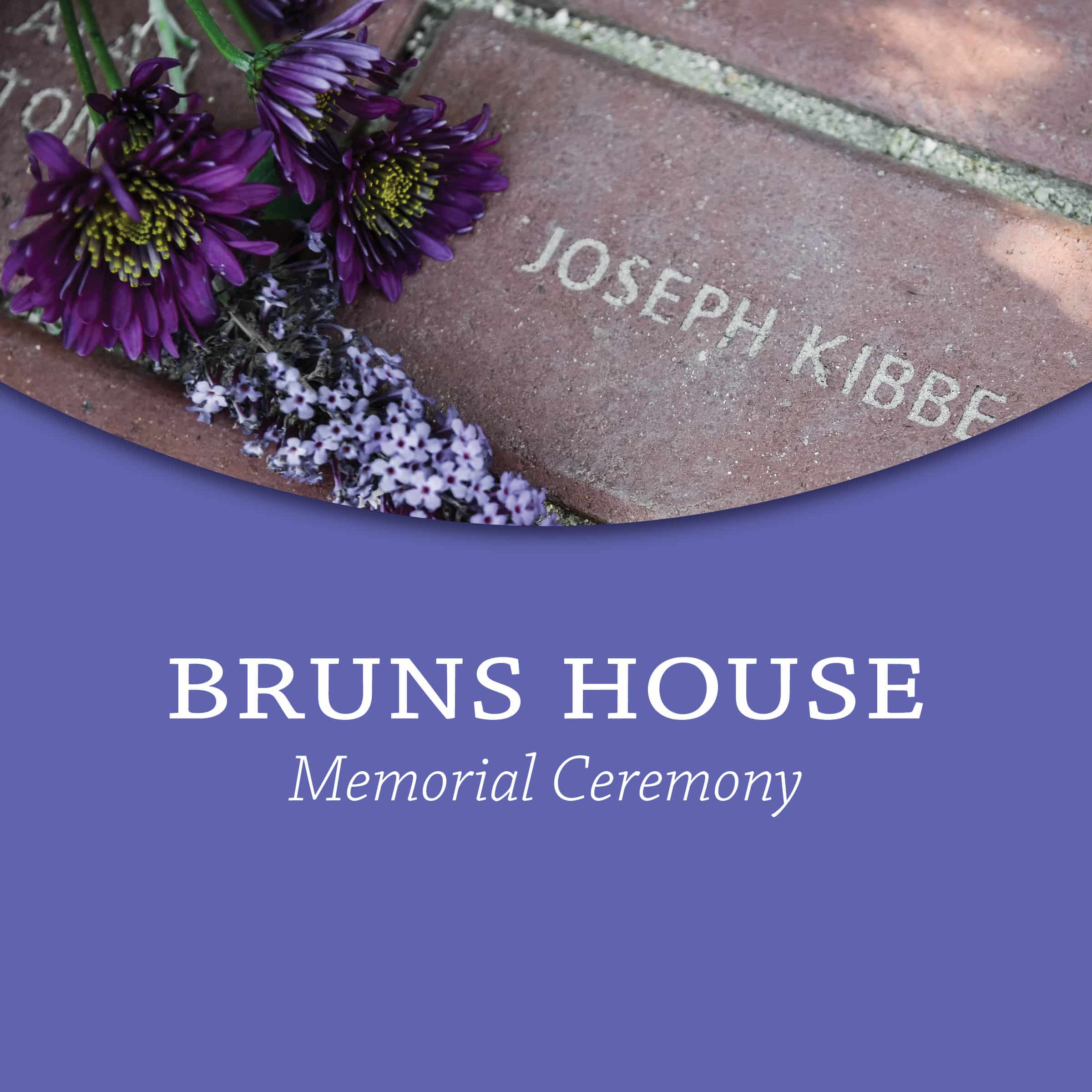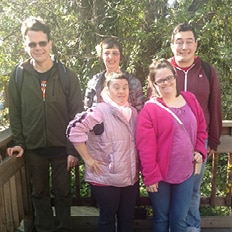Hospice East Bay incorporates music into many aspects of our work. Our Spiritual Care Counselors use music when caring for patients and families, our Music & Memory volunteers work with patients suffering from Alzheimer’s disease, and the Threshold Singers sing at the bedside. Until now, the majority of our music programs have been volunteer-driven, but thanks to a grant from the Thomas J. Long Foundation, we have added a credentialed music therapist to our staff and music therapy is now available to our patients.
What is Music Therapy?
“Music therapy is the clinical and evidence-based use of music interventions to accomplish individualized goals within a therapeutic relationship by a credentialed professional who has completed an approved music therapy program.”
American Music Therapy Association
Music is a very powerful therapeutic tool because it involves many different areas of the brain. The musical experience activates the neural centers for speech, memory, movement, emotions and executive functioning. Musical elements such as rhythm can affect not just the brain, but also people’s heart rates and breathing. The experience of music stimulates a variety of senses, including auditory, visual, and tactile.
Therapeutic musical involvement strengthens executive functioning, facilitates movement and increases patient motivation to engage in their own plan of care. Music therapy also provides alternate avenues of communication with those who have difficulty expressing themselves with words, as well as emotional support for patients and their families.
Music therapy can be divided into active and receptive techniques. In active therapy, patients participate in creating music with instruments, voice or other objects. Active techniques include instrument play, singing, songwriting, lyric analysis, life review, legacy projects, song dedication, and music paired with verbal processing.
Receptive therapy involves playing or making music for the patient, who is free to draw, listen or meditate. Receptive techniques include music-assisted breathing exercises, guided imagery, listening to music to improve comfort, and the use of improvisatory music to increase sensory stimulation.
While a love of music is a great starting point, it is not enough to warrant a visit from our music therapist. We start by looking for clinical needs, such as speech impairment, persistent pain, persistent shortness of breath and difficulty coping with a new environment. Then we investigate a potential connection with music, either by identifying clues in the home such as musical instruments or extensive record collections, or by simply asking. Our music therapist will then work with patients who have both a clinical need as well as a strong connection to music.
The Thomas J. Long Foundation grant also provides funds for the Music & Memory program to purchase additional technology and music. As a result, volunteers will be able to share this wonderful program with more patients. We are grateful for the opportunity to implement and grow programs that improve the quality of our patient’s lives.






